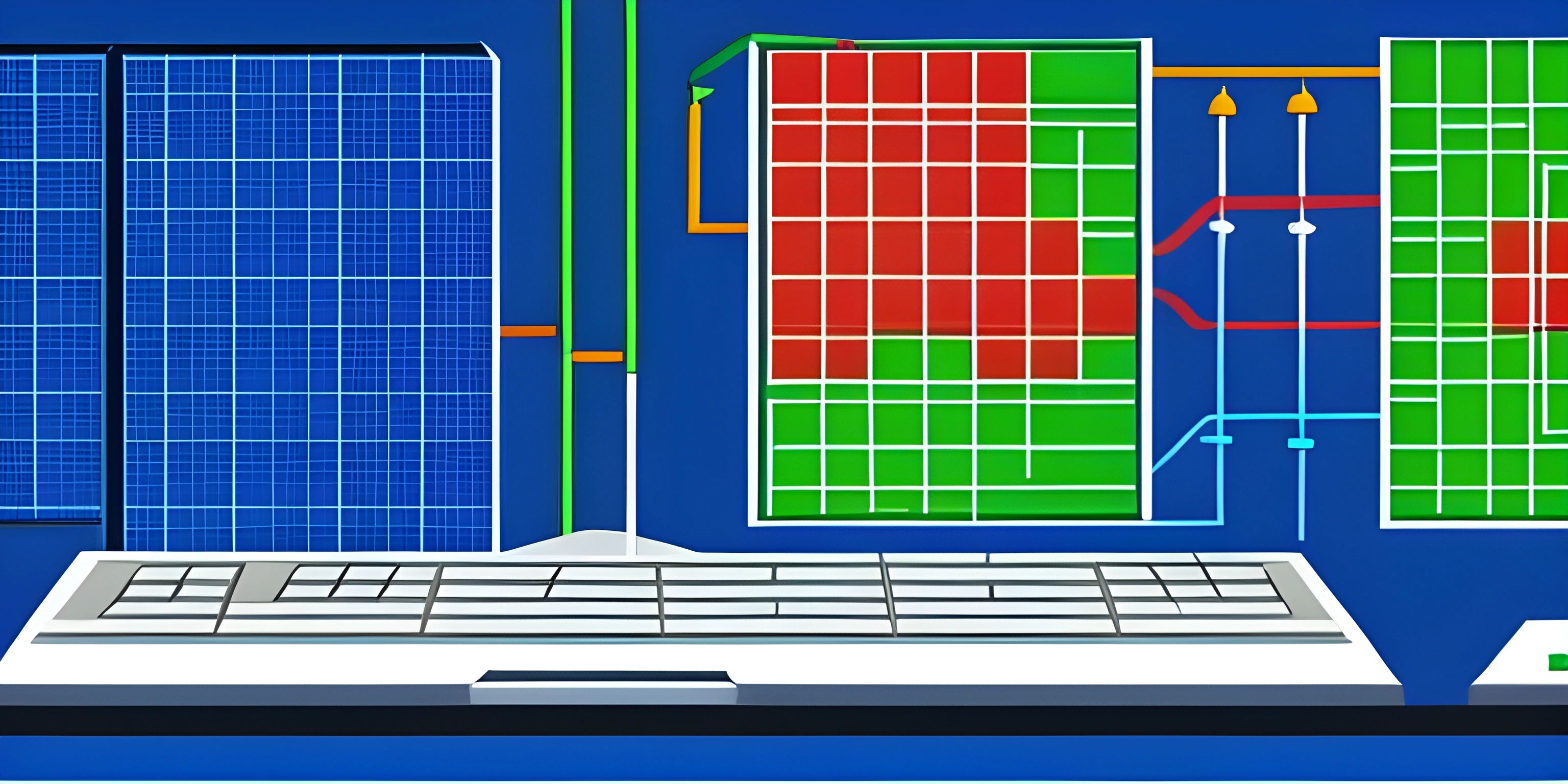Algorithms 101

Note: this page has been created with the use of AI. Please take caution, and note that the content of this page does not necessarily reflect the opinion of Cratecode.
Algorithms are the bread and butter of computer science. They're the recipes that tell our computers how to whip up a batch of fresh results, the blueprints that guide our machines in building solutions, and the beat that our code dances to. So, strap in! We're about to take a thrilling ride into the world of algorithms.
What is an Algorithm?
An algorithm is a sequence of steps or procedures that solves a problem or achieves a particular outcome. It's like a roadmap guiding you from problem to solution. In the world of computer science, algorithms are the heroes that take our input and transform it into the results we desire.
Let's say, for example, we're making a sandwich. The algorithm might look something like this:
1. Take two slices of bread. 2. Spread butter on one slice. 3. Place cheese and ham on the buttered slice. 4. Cover it with the second slice. 5. Cut the sandwich in half.
This is a simple algorithm for making a sandwich. In the same way, computer algorithms guide the computer through specific steps to get from the problem to the solution.
Types of Algorithms
There are several types of algorithms used in computer science, each with their unique characteristics and applications. It's like having a toolbox filled with different tools, each perfect for a particular job.
For example, sorting algorithms arrange elements in a particular order. It's like arranging your bookshelf alphabetically - there's a specific algorithm you follow to get your books in order. An example of a sorting algorithm is quick sort, which applies divide and conquer strategy to sort elements.
Search algorithms, on the other hand, help find an item in a data structure. It's like playing hide-and-seek with your data - the search algorithm knows all the best hiding spots! The binary search is a popular search algorithm that finds an item in a sorted list in logarithmic time.
There are also graph algorithms, dynamic programming algorithms, and many more. Each plays a key role in solving complex problems in an efficient and effective manner.
Hey there! Want to learn more? Cratecode is an online learning platform that lets you forge your own path. Click here to check out a lesson: What Programming Means (psst, it's free!).
FAQ
What is an algorithm?
An algorithm is a sequence of steps or procedures that a computer follows to solve a problem or achieve a particular outcome. It's like a roadmap guiding the computer from problem to solution.
What are some types of algorithms?
There are several types of algorithms used in computer science, each suited to a particular type of problem. These include sorting algorithms, which arrange elements in a particular order; search algorithms, which find an item in a data structure; graph algorithms, which solve problems related to graphs; and many more.
How are algorithms used in computer science?
Algorithms are used in computer science to solve problems and perform tasks. They are the instructions that guide the computer to achieve the desired results. Different types of algorithms are used for different tasks, such as sorting data, searching for an item in a data set, managing complex systems, optimizing operations, and much more. Algorithms are fundamental to the field of computer science.





